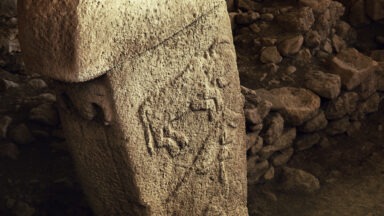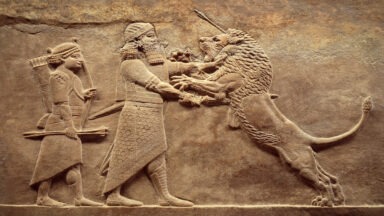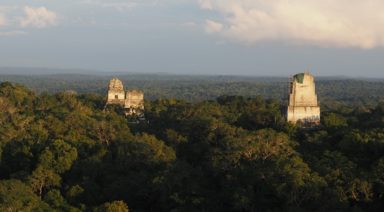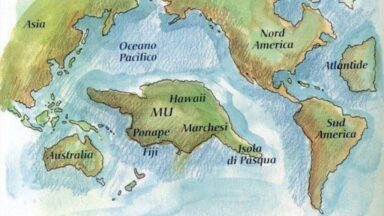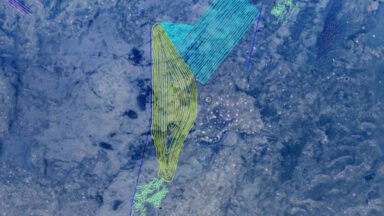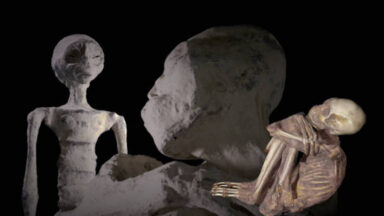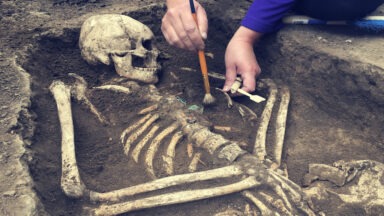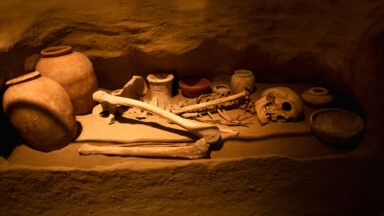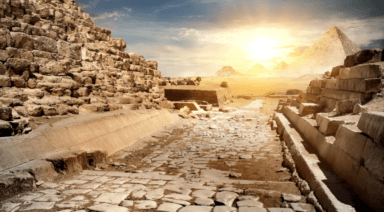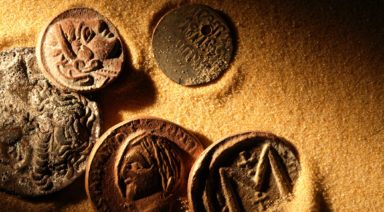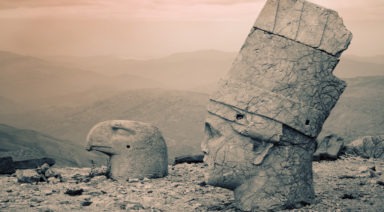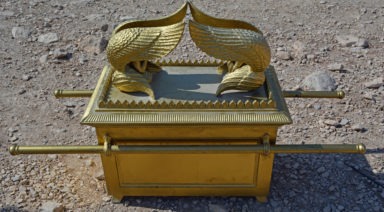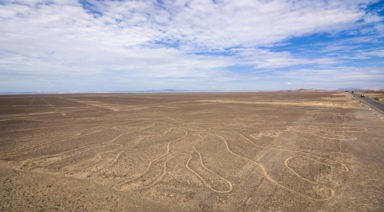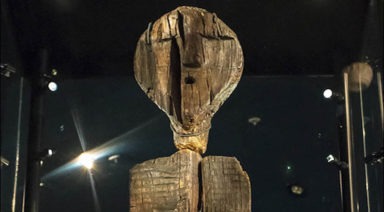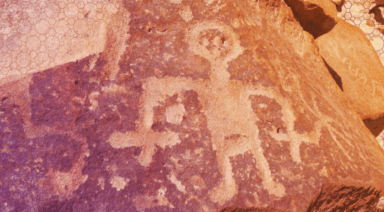The Mathematical Genius Encoded in the Great Pyramid
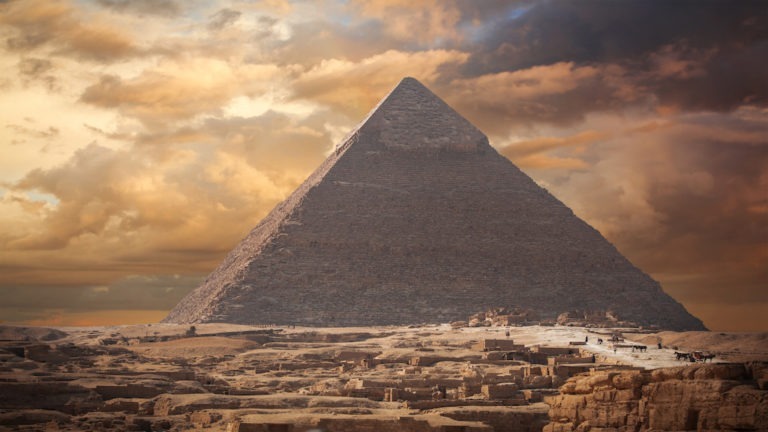
Across the shifting sands of time, nowhere has remained more mysterious than ancient Egypt. This desert beacon continues to allure millions due to its unsolved secrets, theories, and godlike pharaohs.
But perhaps the greatest reason for Egypt’s enduring popularity is a theory that places the age of this enigmatic land’s monuments so far back in history that Egyptology’s explanations seem untenable. This ultra-ancient origin has led many to surmise that the people who built these physical structures were capable of such an advanced level of engineering, in which they encoded the mathematical principles of life itself.
The architects of ancient Egypt’s monuments were far more purposeful in their proportions, measurements, angles, and equations than most modern-day archaeologists credit them with. There is also the distinct possibility that these architects found a way to naturally harness electricity from the Earth itself.
A Mathematical Code of the Universe?
While archaeologists have long been infatuated with the construction and grandeur of the Egyptian pyramids, the greatest mystery may have nothing to do with how these structures were precisely designed and crafted, but more about how they were potentially used as powerful devices to generate electrical power.
The Great Pyramid of Giza features both a shape and location designed to harbor mathematical constants. This same mathematical theory can be found throughout nature and across the universe.
Nikola Tesla, who sought to tap into the electromagnetic currents of the earth to bring the world unlimited electrical power, was in touch with these same mathematical underpinnings. Like the pyramid builders, Tesla realized Earth is a magnetic generator, spinning around two poles, with the potential to generate limitless energy.
In 1905, he filed a United States patent, titled “The art of transmitting electrical energy through the natural medium,” and conceptualized designs for a series of generators stationed in strategic sites worldwide that would collect energy from the ionosphere. With its two poles, Tesla saw the earth as a massive electrical generator of limitless energy and designed generators based on the pyramids’ design.
The Key to the Pyramids: Location?
Although Tesla may have rediscovered this key to a timeless, abundant, clean, and eternal source of free electricity, his invention to capture it disappeared when he died in 1943. Why this happened only opens more doors to speculation, including the fact that free energy — whether from solar, wind, or electromagnetic sources — is bad for those in the energy business.
What’s more astounding is the sophistication of mathematical equations used by the early architects to construct what may be an elaborate electrical generator.
In 2018, a team of scientists from ITMO University, Russia, began to study the Great Pyramid of Giza and its ability to concentrate electromagnetic energy in its internal chambers and under its base. Author Andrew Collins suggests the pyramids are related to the idea of “the music of the spheres,” a connection between the primal tones of the universe itself and their relationship to the creation of form and structure in the physical world.
To attune and enhance this connection, ancient engineers had to consider certain proportions in the construction of the pyramids, as well as the geometry of the landscape, to accurately reflect specific musical intervals. We are left wondering if ancient builders erected monuments that encoded our human existence.
Some modern thinkers have hinted at the possibility that perhaps the Egyptian mathematical code is the same as that which Tesla tapped into on his quest to find an unlimited source of energy that harmonized with the Earth.
Looking at the Great Pyramid’s latitudinal location on Earth, Hancock points out that it is located precisely on the 30th degree, halfway between the equator and the north pole. It is also locked into the planet’s true cardinal directions of north, south, east, and west, though there is a very slight discrepancy of 3/60ths of a degree error.
Hancock also points out that if you were to multiply the base perimeter of the Great pyramid (3,024 ft.) by 43,200 you get the Earth’s equatorial circumference. If you multiply its height (481 ft.) by 43,200 you’re left with the polar radius of the Earth. This number, 43,200, is relevant because it represents the axial precession of the Earth or the way in which it wobbles on its axis. 43,200 is a multiple of 72, which is the number of years it takes for one degree of that wobble.
These numbers, 72 and 432, can be found in a number of ancient mythologies and sacred texts, including:
- 72: the number of languages spoken at the tower of Babel
- 72: the number of names for God in Jewish Kabbalah
- 72: the number of temples at Angkor Wat
- 72: the number of degrees longitude between Angkor Wat and the Great Pyramid
- 432,000: the number of syllables in the Hindu Rig Veda
- 432 Hz: the harmonic frequency believed to be an optimal resonance for music
This suggests the ancient Egyptians — as well as others, such as the people of Angkor Wat, the Mayan megalopolis of the Americas, and builders of similar sites all over the planet — may have used a mathematical language we are just now rediscovering.
Our Mathematical Universe
To truly crack the code of the ancient pyramids, we may now need to look at the mathematical equations encoded in their architecture. The problem may very well be that we have been looking for answers “out there,” in the universe when the answer to our most pressing problems is inside us.
Hancock has long argued that the concept of the pyramids has to do with the transformation of human consciousness. Whatever else a pyramid is, he said, it is absolutely an instrument that works on human consciousness. The very construction of the pyramids, powerful and sturdy enough to stand the test of time, ensures that humanity always has the codes to the universe.
Ancient Complex at Karahan Tepe Older than Gobekli Tepe

New discoveries have been made at the ancient site of Karahan Tepe — this sister site of Göbekli Tepe may have just revealed its hidden origins and proved an ancient civilization is even older than once thought.
Archeologists working at the ancient site of Karahan Tepe, about 30 miles east of its sister site Göbekli Tepe, have found stunning carved heads, standing stones, buttresses, and what appear to be snakes prominently carved into the earth. The dig is being led by the University of Instanbul and in their official report point out that, not only are these and other neolithic structures the beginning of architecture but also held a symbolic purpose. Writing, “[T]hey also bear traces of the conceptual transformation of the space. It is during this period when the building was instilled to mean something other than a space to live in, whereby the construction of the first shelters was followed by that of ‘special structures.'”
Science and history writer Andrew Collins, has visited and studied Karahan Tepe since 2004 and has seen these special structures up close.
“The main structures were all what they call ‘subterranean,’ they would cut deep down into the bedrock. One was a huge elliptical stone enclosure,” Collins said. “Clearly, this was an amphitheater for ceremonial ritual activity. Yet this connected via a hole that is 70 cm in diameter into a very strange room containing 11 stone pillars, ten of which are actually carved out of the bedrock itself, and sticking out of the wall of this room that I call the Pillar Shrine, is this elongated neck with a head on the end of it — this carved stone head. This confined room is somewhere initiates or people looking for connection or communication with some kind of otherworldly force or influence or diety would come to do their attunement in altered states of consciousness.”


